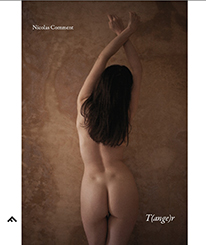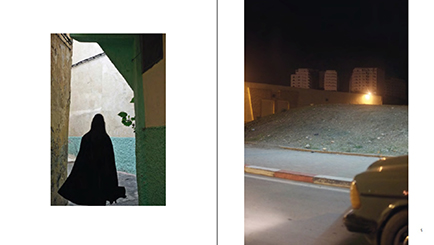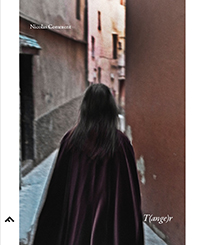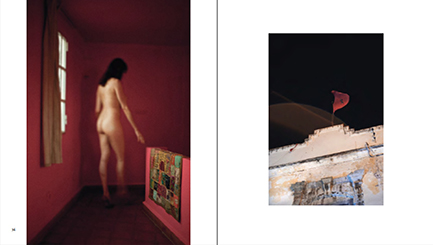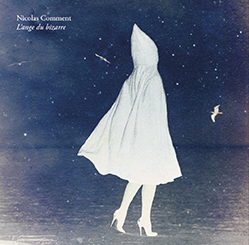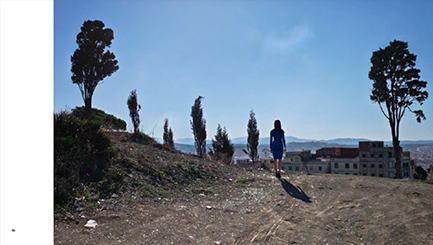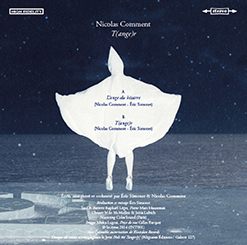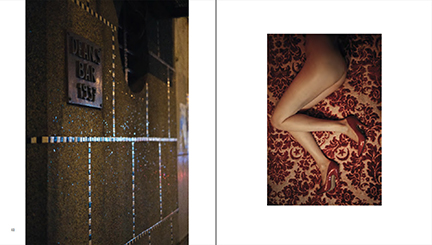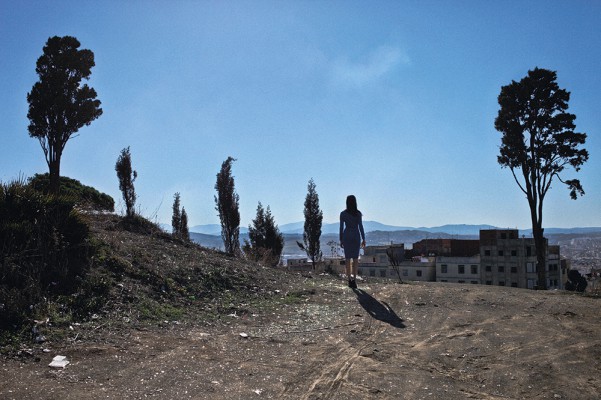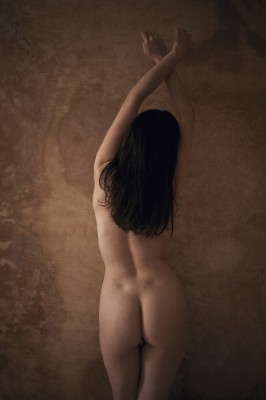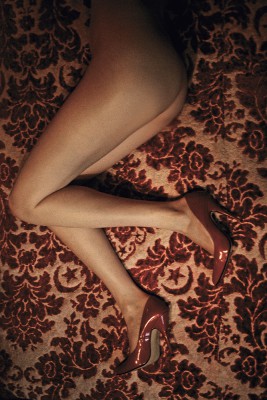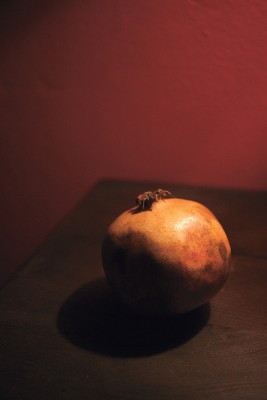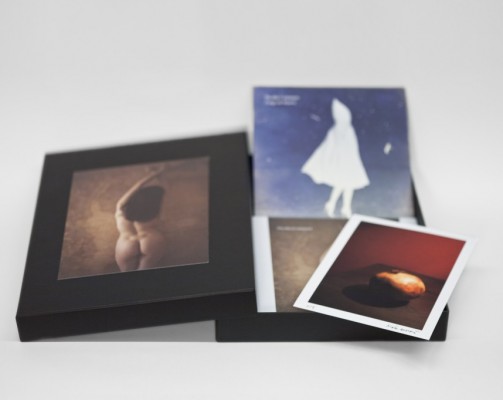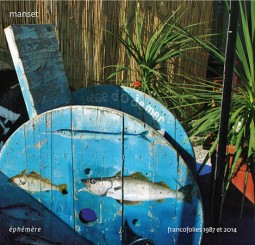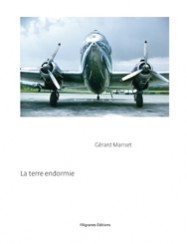Nicolas Comment
Auteur, Musicien, Photographe
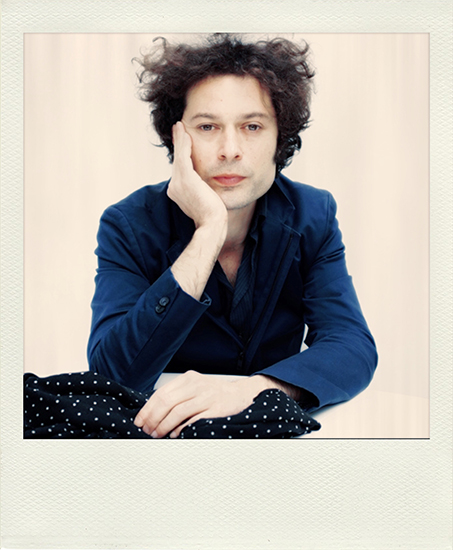
One more Dance
Christophe Acker
Nicolas Comment
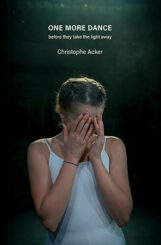
Cavale
Nicolas Comment
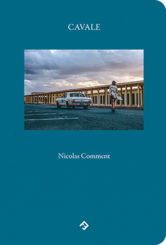
Journal à rebours
Nicolas Comment
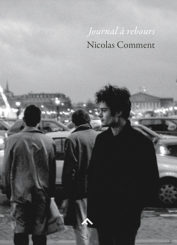
Reverb
Nicolas Comment
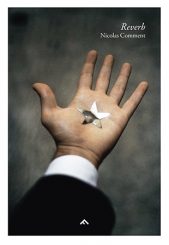
Being Beauteous
Amaury da Cunha, Marie Maurel de Maillé, Nicolas Comment, Anne-Lise Broyer
Léa Bismuth, Yannick Haenel, Etienne Hatt, Jean Deilhes, Hélène Giannecchini
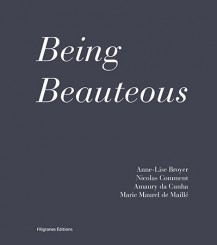
T(ange)r
Nicolas Comment
Gérard Manset
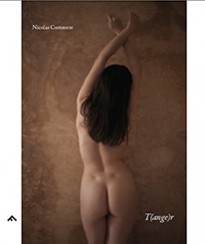
Mexico City Waltz
Nicolas Comment
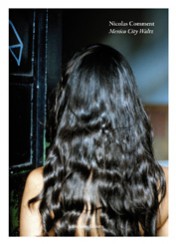
La visite
Nicolas Comment
Danielle Robert-Guedon
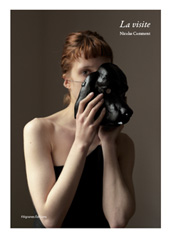
Est-ce l’Est ?
Nicolas Comment
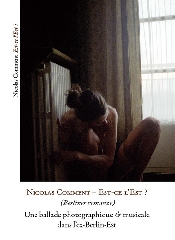
Fading
Anne-Lise Broyer, Nicolas Comment
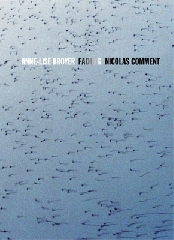
fotograf
Anne-Lise Broyer, Nicolas Comment
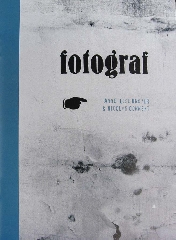
Saison # 21
Vince Taylor
Nicolas Comment
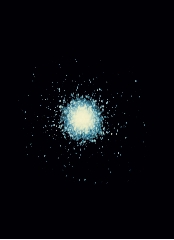
A*** Aurélia
Nicolas Comment
Bernard Noël
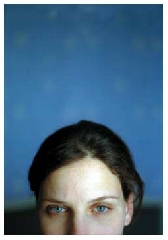
Le triboulet
André S. Labarthe
Anne-Lise Broyer, Nicolas Comment, Gérald Colas
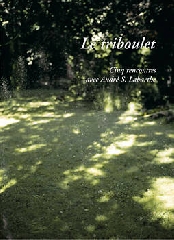
Le point
Nicolas Comment
Bernard Noël
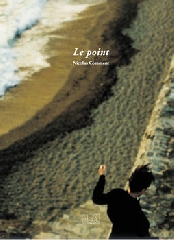
La desserte
Nicolas Comment
André S. Labarthe
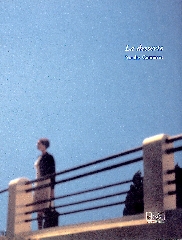
C’est Maquis
Anne-Lise Broyer
Nicolas Comment
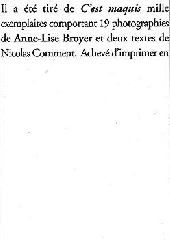
À propos de Jeanne
Nicolas Comment
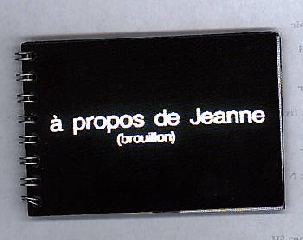
La petite vacance
Anne-Lise Broyer, Nicolas Comment
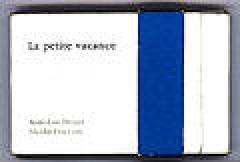
Born in St. Cloud, Gerard Manset spends part of his childhood in the sixteenth arrondissement in Paris. A failing score bachelor prompted him to move to the visual arts; he joined the Decorative Arts in the early 60s. The photograph, drawing, painting, writing, music … all the passion. Meanwhile, he learned several instruments, often peripherally home and Phillips, in 1968, released by Pathé Marconi, his first 45 laps, one animal is ill.
After the release noted, in 1971, a concept album oratorio entitled The Death of Orion, he founded the Studio in Milan which will be performed musically a dozen albums. It is, also, by turns sound engineer, arranger, producer and songwriter for other artists. In the early years of the studio in Milan, he published the album There’s a route that includes the title He travels alone. As the rave reviews that television and the public who request it will not because of his refusal to make the scene, to submit to the media habits. Only the studio work has an interest in his eyes "I find shameless sing before an audience." This success is disturbing for Manset who decides to undertake what he had hitherto refused to do: travel. Asia, Africa, Brazil and Central America, often taking as necessary to approach the languages of the destinations in question, particularly Thai and Indonesian Inalco * in Paris. These numerous trips to inspire his albums, his books, but also his photographic work.
In 1996, Francis Cabrel, Alain Bashung initiate a tribute album: Route Manset which includes songs performed by Françoise Hardy, Jean-Louis Murat, Salif Keita, Cheb Mami, among others.
Between his own albums (19), Manset wrote to Juliette Greco (I was playing under a bench), Raphael (The memory of days and Being Rimbaud), William Sheller, Florent Pagny … In 2008 he was in the credits of the album Petrol blue Alain Bashung with three titles (like a lego, Venus, I’d kill the pianist) and that of Julien Clerc Where are leaving the aircraft (Brother, she n ‘had not, a little fairy). In 2010, he participated in the fifth album by Raphael, Pacific 231 and 2011, released three new songs by Manset, sung and composed by Julian Cope in his album Crazy, maybe.
* Inalco: National Institute of Oriental Languages and Civilizations
